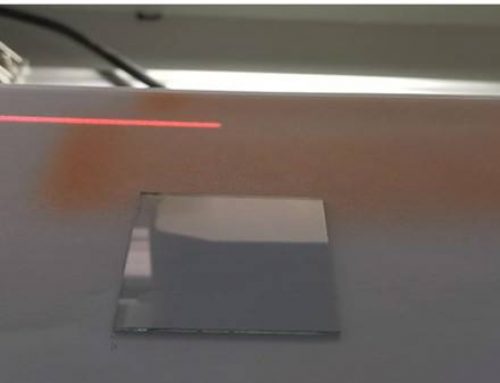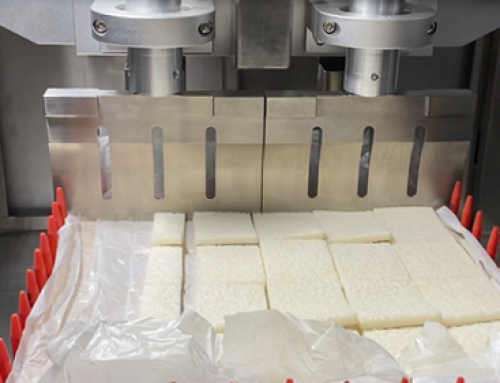The importance of fuel cell system simulation platform
At present, an electric-electric hybrid solution using fuel cells and power batteries as energy sources has become a main power architecture of FCV. The fuel cell electric hybrid solution must not only ensure the high stability and reliable output of the fuel cell stack, but also efficiently distribute the output power of the fuel cell and the power battery. At the initial stage of development, the establishment of a fuel cell system simulation platform in the laboratory plays an important role in the rapid research and verification of power system reliability, energy distribution strategies and algorithms.
Compared with power batteries, fuel cells have obvious advantages in terms of lightweight, long endurance and low temperature characteristics, and can solve the problem of slow charging (hydrogenation). At present, the electric-electric hybrid propulsion scheme with fuel cell-lithium battery as the power source has gradually attracted attention and has been applied. The structural model of fuel cell-lithium battery as the propulsion system has transitioned from the original theoretical research to the empirical stage. Although new energy pure electric vehicles have developed rapidly in recent years, they are still limited to the field of passenger vehicles and cannot be widely used in heavy trucks, long-distance buses, ships, and trams that have higher requirements for cruising range and load weight.
Fuel cell, as a special type of battery, its discharge characteristics are very different from lithium batteries. To accelerate the popularization of fuel cell applications, in addition to solving the problems of hydrogen storage, transportation and refueling, engineers also need to establish a system model with fuel cells as the main power source in the laboratory, and verify the fuel by studying and simulating the characteristics of fuel cells. The stability and reliability of the battery power system.
Fuel cell output polarization characteristics
In a word, the working principle of a fuel cell is the reverse reaction of electrolyzed water. Specific process: Hydrogen and oxygen are supplied to the anode and the cathode respectively. The hydrogen generates hydrogen ions and electrons under the action of Pt catalyst. The electrons reach the cathode through the external circuit to generate electricity; the hydrogen ions on the anode side reach the cathode through the proton exchange membrane and react with oxygen to form water. The seemingly simple principle, it is not easy to realize the efficient and stable operation of the entire fuel cell system. It requires the cooperation of hydrogen storage bottles, air compressors, humidifiers, and water pumps. This also increases the number of engineers to build hydrogen in the laboratory. The complexity of the fuel cell power system.
In reality, the output voltage of the fuel cell is affected by external driving conditions. When the operating current changes, the output voltage of the fuel cell stack fluctuates accordingly. The fuel cell polarization characteristic curve contains three sections, namely the electrochemical polarization zone, the ohmic polarization zone and the concentration polarization zone. The electrochemical polarization zone is the voltage loss caused by the internal activation reaction of the fuel cell; when the actual load is loaded, the voltage tends to decrease according to the different load current; and when the load current reaches a certain value, The lack of hydrogen and oxygen supply is obvious, causing internal concentration changes and voltage drops sharply. The voltage drop may cause abnormal operation of the back-end DC-DC boost module.
In summary, the use of a fuel cell simulation platform to replace a real fuel cell system is of great significance for engineers to study fuel cell power systems.
What is a fuel cell power system
A typical fuel cell power system is mainly composed of a fuel cell stack, a hydrogen tank, a fuel cell DC-DC boost module, a lithium battery pack and an energy distribution control unit. During the start-up phase of a ship or vehicle, the fuel cell is in a warm-up state, and the lithium battery pack provides energy to drive the motor; during normal driving, the fuel cell provides energy for the motor and charges the battery pack; during acceleration, the fuel cell and the lithium battery pack work together The motor provides energy; during braking, the recovered energy is stored in the power battery.
The seemingly simple working logic is particularly complicated for engineers who study energy management and distribution. Algorithm engineers need to study energy distribution algorithms under various working conditions. For example, when the vehicle is accelerating, assuming that the motor requires 80kW of total power, when the lithium battery pack is at full or low power, how to distribute the output power between the lithium battery and the fuel cell system to achieve the best performance? Secondly, when accelerating, it can be seen from the fuel cell polarization characteristic curve that as the load current increases, the output voltage of the fuel cell stack will drop significantly, which will affect the normal operation of the downstream DC-DC boost module.
For such a complicated research, using real fuel cells or lithium battery packs to test not only has problems such as low test efficiency and poor controllability, but engineers also need to prepare additional devices such as hydrogen storage bottles and air compressors. In addition, the continuous consumption of hydrogen increases the cost of testing and also reduces the life of the fuel cell.

For more news about fuel cells, please visit https://fuelcellcoating.blogspot.com/.
For detailed information on the preparation of fuel cell membrane electrode coatings, you can log on to Cheersonic’s official website https://www.cheersonic-liquid.cn/en/ultrasonic-spraying-for-battery/.






